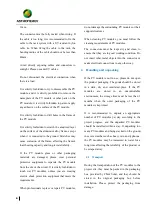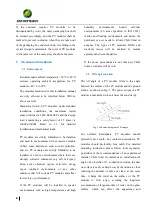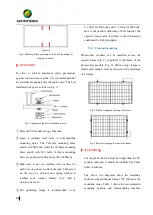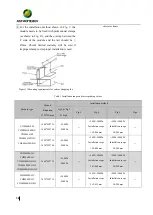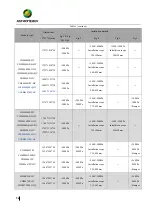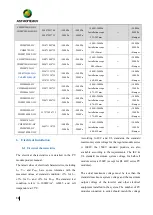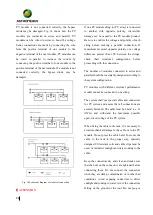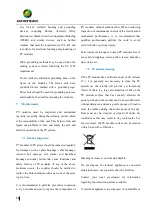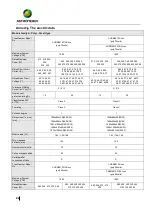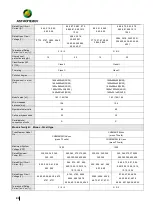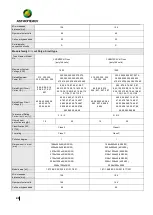
11
loads.
Each aluminum clamp is equipped with an M8 bolt,
a flat washer, a spring washer and an M8 nut. The
mounting steps are as follows:
:
①
Place the module on the two supporting rails (not
provided by Chint) which should be made with
stainless material and treated with an anti-corrosion
process (e.g. hot dipped galvanizing). Each PV
module needs at least four clamps to be fixed. The
module clamps should not come into contact with
the glass and should not deform the frame,
otherwise they may cause module damage.
②
Be sure to avoid shadowing effects from the
module clamps. Weep holes on the module frame
must not be closed or obscured by the clamps. The
clamp must have at least 8mm but no more than
11mm overlap with the frame of the module (The
clamp section can be changed under the premise of
ensuring reliable installation).
③
The top surface of the rail contacted with module
frame should be equipped with grooves compatible
with an M8 bolt.
④
If the grooves are not provided, holes of a suitable
diameter may need to be drilled to allow bolts
attaching to the rail at the same locations as
mentioned above.
⑤
Ensure that the mounting sequence of each clamp is
in the order of flat washer, spring washer and nut.
⑥
There are two types of clamps, the mid clamp
shown in Fig 10 and the fringe clamp shown in Fig
11 and Fig. 12. The mid clamp has dimensions of a
≥
40 mm, b
≥
26 mm, c
≥
5 mm, d
≥
28 mm, Ø =9
mm. For module of 182mm-wafer, the size of mid
and fringe clamp must meet a
≥
60 mm. The
tightening torque is suggested to be 17~23Nm for
Class 8.8 screw and bolts.
Fig. 10 Schematic diagram of the mid clamp
Fig. 11 Schematic cross section of the fringe clamp
Fig. 12 Schematic diagram of the fringe clamp
⑦
To prevent modules from coming off the fixed
device after installation, it is suggested to choose
fringe and mid clamps and make contact with the
A side of the frame with groove patterns. Suggest
to have 9 patterns with a space between 2 adjecent
patterns of 1.2mm and a depth of 0.6mm, as shown
in figure 11.






